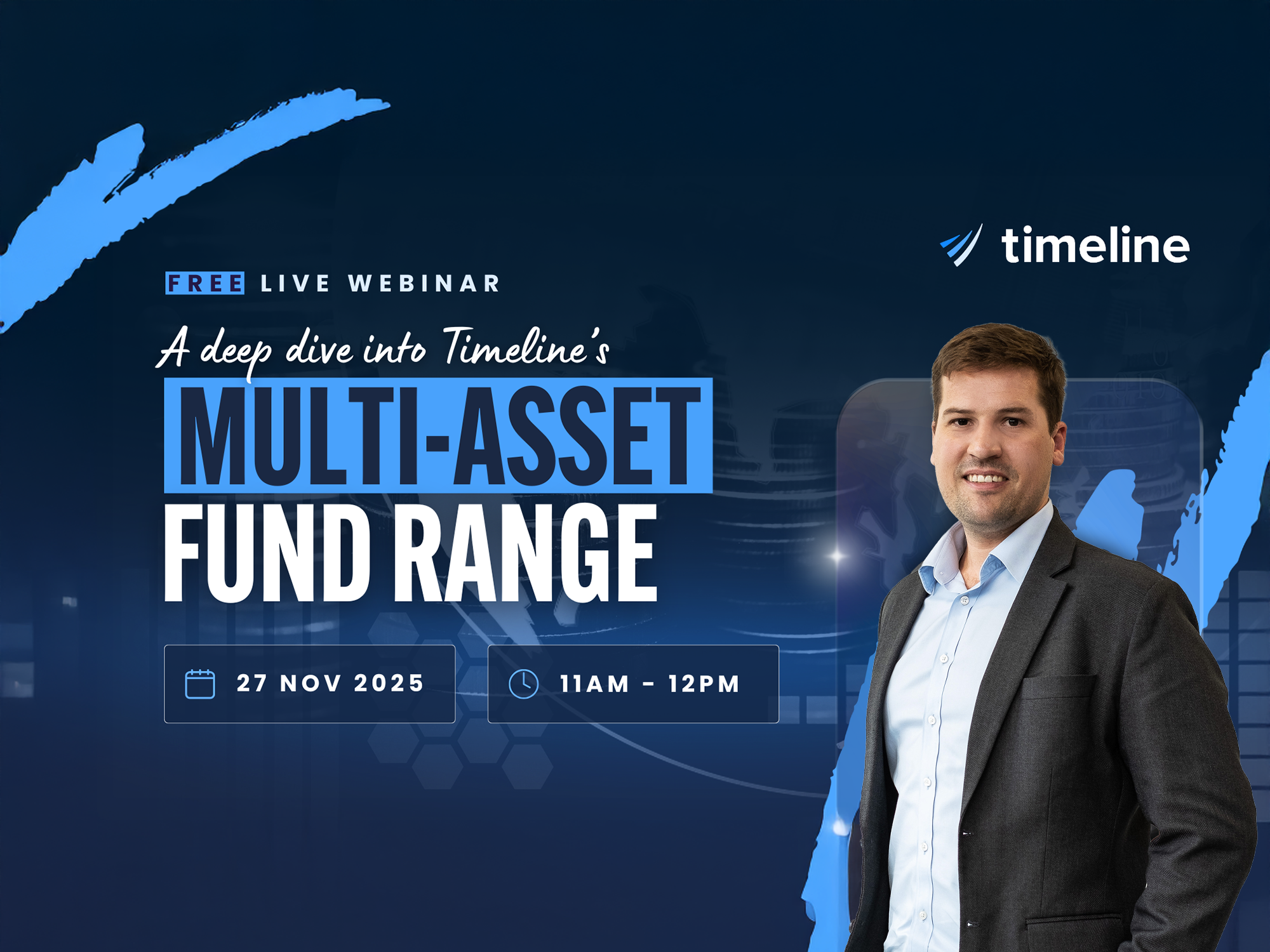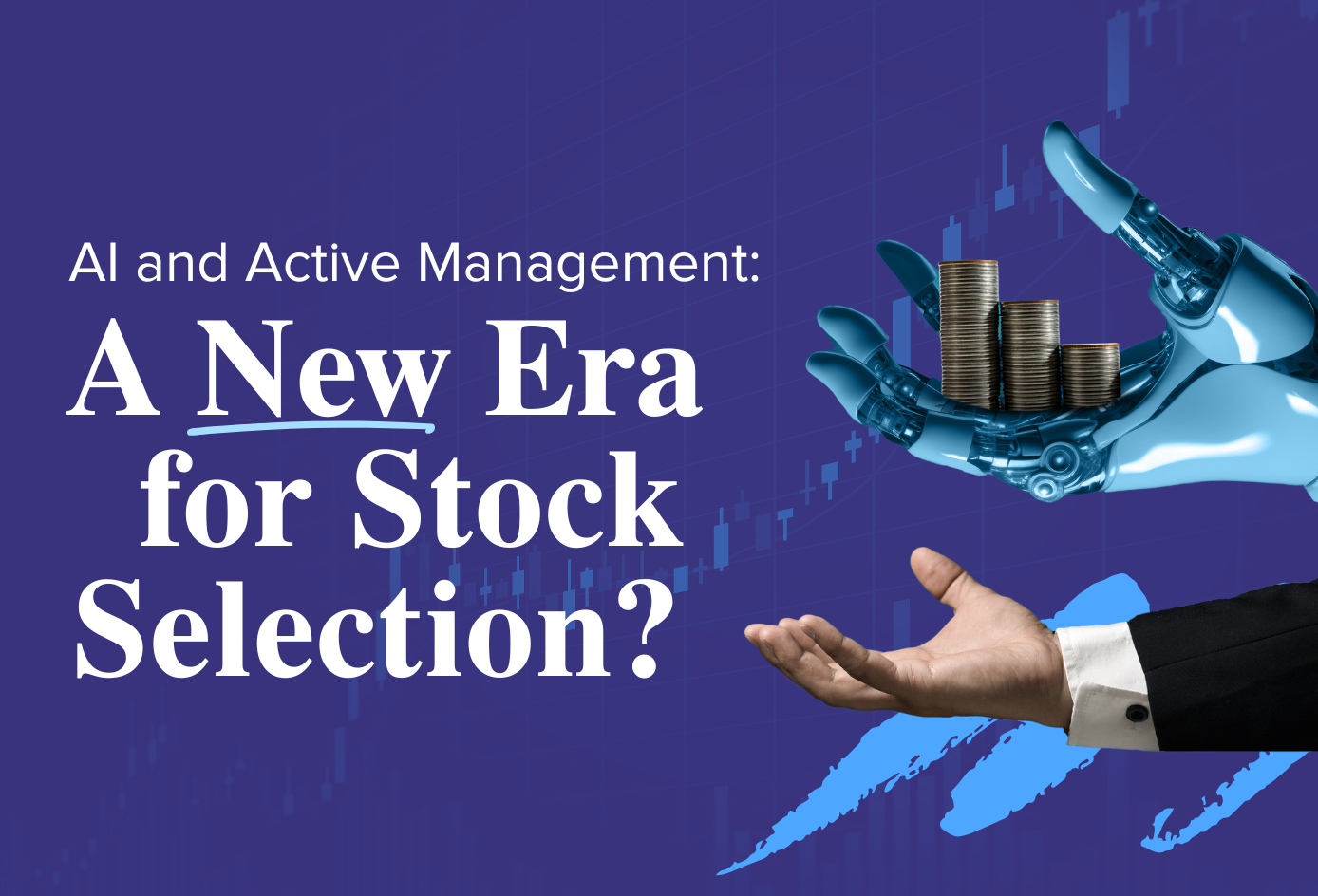Recent research by AJ Bell shows how just 30% of UK fund managers outperformed their benchmark in the first six months of 2022. (1) In the Investment Association’s UK All Companies sector, for example, the average active fund fell 13.5%, compared to 4.4% for the average passive fund.
But, as ROBIN POWELL explains, it’s not just in Britain that active managers have underperformed in the bear market: Australia’s “star” stockpickers have had a shocker too.
Traditional stock-picking active managers have had it tough in recent years, with the investing public finally cottoning on that few such managers add value beyond the fees they charge.
In fact, the overwhelming trend of the past decade has been toward so-called ‘passive’ broad-market investment products that track an index. The benefit for the public from these products is the provision of easy access to capital market rates of return at low cost and without the guesswork.
By the middle of last year in Australia, passively managed portfolios represented 54% of assets in listed equity funds, up from 45% at the end of the first year of the pandemic in 2020. (2)
Active fights back
But “active” managers, who tout their skill at finding under-priced securities or capacity for timing the market, are fighting back. Last year, according to data provider EPFR, active equity funds, while still on the back foot overall, had their best year in two decades in terms of global inflows (3)
In the difficult markets so far in 2022, the active management resurrection has accelerated and we are starting again to hear the claim that stock pickers tend to do better in such times. (4) The reasoning is they have more flexibility than index-tied managers who are compelled to chase the market downwards.
The numbers look good for active, certainly, if your horizon is 2022. Up until May, data shows that nearly 70% of actively managed US stock mutual funds with a stated goal of beating the benchmark S&P 500 index had managed to do so. (5)
It’s the same story in Australia. A recent article in The Australian newspaper quoted one well-known local manager as saying active had “risen from the dead”. (6) Stock pickers, using their astute judgement and nose for market efficiencies, were “stepping through the minefield” to find the outperformers.
Flash in the pan?
It’s a compelling narrative. The reality, however, is a little different. While active managers can indeed outperform the market for short periods, their golden run rarely lasts much beyond that. (7)
Standard & Poor’s widely followed index versus active scorecard — the so-called SPIVA index — tells that story. (8) Last year, for instance, close to 60% of active Australian managers outperformed the S&P/ASX 200 index. All good so far however over three years that proportion falls to 37%; over five years to 26%; over 10 years to 20% and over 15 years, the share of active managers that beat the benchmark was a mere 16%.
Given that people saving for retirement are looking at investment horizons of at least five years or more, those measures need to be taken into account. Managers who are incentivised according to one-year returns of course are going to highlight those.
It also pays to ask how the manager is generating a superior return. Sometimes, it can be that the times may be right for their particular investing style — value, for instance — and the premiums being generated are not so much due to their skill but because that particular factor or sector is having its time in the sun.
A second factor to consider is what often makes active managers look better in bear markets is their capacity for allocating a bigger proportion of their portfolio to cash. In other words, they are attempting to time the market. That can look good in the short term, but there is always the question of when to get back in and that’s where the difficulties start to arise.
Some of the biggest market gains coming out of a bear market can show up in the very first days and weeks. If your fund manager is sitting in cash, you won’t get that bounce.
Key person risk
A third factor is key person risk. Many active funds market themselves on the supposedly unique stock picking abilities of individuals. We’re told that these particular people have almost savant-type insights into the market, which justifies the high fees the manager charges for the ‘alpha’ they generate.
In Australia, the gurus’ guru of stock pickers in recent years was Hamish Douglass, who with fellow investment banker Chris Mackay set up his own active investment firm, Magellan Financial Group, in 2006 with the backing of billionaire James Packer. (9)
Their Magellan Flagship Fund started with just $378 million in funds under management. The fund did relatively well through the global financial crisis and by mid-2017 had more than $50 billion in assets under management. Douglass, who frequently appeared in the daily press wearing cowboy boots, was marketed as Australia’s own Warren Buffett. (10)
The peak came just as the pandemic hit. By then Magellan had passed $100 billion in assets. Douglass turned bearish at this point, went defensive and lifted the fund’s allocation to cash. As we know now, the pandemic downturn, while violent, was short. Stocks bounced back to record highs by the end of 2020 as vaccines emerged and the Magellan fund lagged the market by 17%.
By late 2021, Magellan was trailing its benchmark on a one-year, three-year, five-year and 10-year basis. Its own share price collapsed 60% in a few months. The CEO quit, the firm lost its biggest institutional mandate, and Douglass himself – suffering a personal crisis – took an extended leave of absence from the firm he founded.
What “downside protection”?
In his defence, Douglass said he would have been more worried had his fund been lagging the benchmark in a down market, as that was the role of active management – to pick up pennies in front of the bulldozer.
Once again, nice idea, but when the market did indeed head south in 2022, that downside protection didn’t happen. Some of Magellan’s biggest stock picks were the giant tech firms that got crushed this year, including Meta and Netflix.
In the words of Australian Financial Review columnist Joe Aston, “the promise of downside protection is cold comfort to investors who have watched their alpha slowly, then rapidly, evaporate over ten years”. (11)
These are experiences to keep in mind next time you see active managers in the press boasting of six-month returns relative to benchmarks in down markets.
This isn’t to say there are not people out there with skill, but how much of the benefits of that skill are captured by the managers themselves in the form of higher fees? (12) And more importantly, how long does that skill last? In which case, how much of it was luck?
This article is produced by us for Financial Advisers who may choose to share it with their clients. Timeline & Betafolio do not offer direct-to-consumer products
Robin Powell is a journalist, author and editor of The Evidence-Based Investor.
References:
- https://www.ajbell.co.uk/news/aj-bell-manager-vs-machine-report-h1-2022
- https://www.afr.com/markets/equity-markets/passive-funds-to-overtake-active-after-pandemic-rush-20210614-p580sq
- https://www.ft.com/content/834c8c4f-3a3c-4ca6-9b12-d2b42deab161
- https://www.nasdaq.com/articles/current-bear-market-gives-active-managers-time-to-shine
- https://www.bloomberg.com/opinion/articles/2022-05-31/active-managers-are-having-a-moment-that-won-t-last?sref=lZKky47g
- https://www.theaustralian.com.au/business/financial-services/the-fund-managers-beating-the-market-with-some-oldfashioned-nous-and-detective-work/news-story/dddcc605c365884d0049de3b919026e3
- https://www.bloomberg.com/opinion/articles/2022-05-31/active-managers-are-having-a-moment-that-won-t-last?sref=lZKky47g
- https://www.spglobal.com/spdji/en/research-insights/spiva/#australia
- https://www.afr.com/companies/financial-services/the-rise-and-fall-of-hamish-douglass-20220207-p59uei
- https://www.theaustralian.com.au/business/financial-services/magellans-hamish-douglass-channels-warren-buffet-with-87m-guzman-y-gomez-fast-food-play/news-story/7e3fb6ff3c3507af0cb3a0704b35a9e0
- https://www.afr.com/rear-window/magellan-s-downside-protection-missing-in-action-20220314-p5a4l7#:~:text=Magellan%2520has%2520not%2520delivered%2520so,up%2520in%2520crowded%2520trades%25E2%2580%259D%2520too.
- https://www.evidenceinvestor.com/report-highlights-blind-spots-of-active-fund-investors/
.png)


